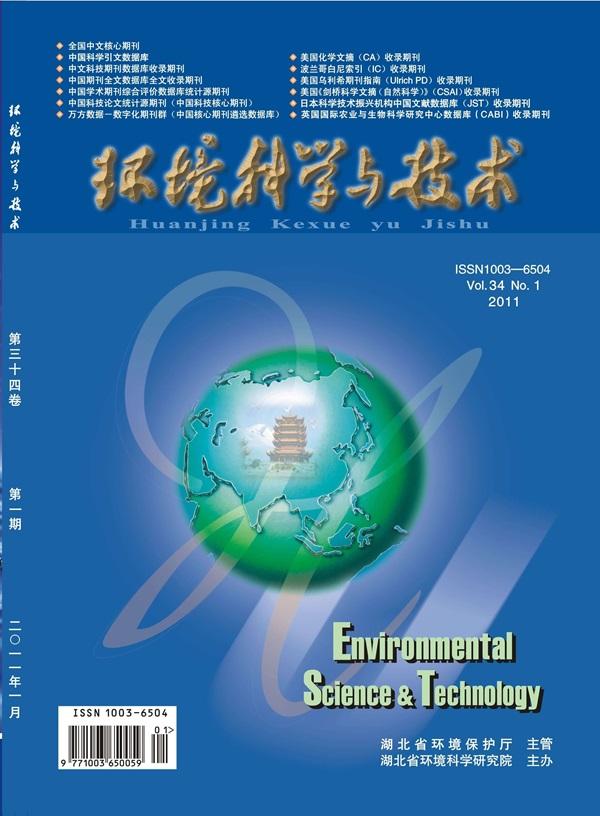Three-Dimensional Cultured Human Nasal Epithelial Cell Model for Testing Respiratory Toxicity and Neurotoxicity of Air Pollutants
IF 10.8
1区 环境科学与生态学
Q1 ENGINEERING, ENVIRONMENTAL
引用次数: 0
Abstract
Accumulating evidence suggests a strong correlation between air pollution and neurological disorders; however, appropriate models and methodologies are currently lacking. In this study, a human nasal RPMI 2650 cell model based on air–liquid interface culture was discovered to possess olfactory epithelial cells. Two short-chain per- and polyfluoroalkyl substances (PFAS), PFBA and PFHxA, were used to validate the performance of the model. RNA sequencing initially revealed the adverse effects of two PFAS at environmentally relevant concentrations. Their effects on key nasal epithelial cell functions, including barrier protection, solute transport, and neuronal activity, were separately investigated. Both PFBA and PFHxA disrupted membrane integrity and increased cellular transport capacity, as indicated by the upregulation of ABC transporters. Additionally, they inhibited tight junction proteins, including ZO-1, claudin-3, and occludin, while increasing mucin expression and mucus secretion. PFHxA exhibited stronger effects in most assays and uniquely induced a significant upregulation of NOTCH1 expression (p < 0.05), highlighting its potential hazards on olfactory neurons. This study proposed a novel in vitro test model with the matched respiratory epithelial and neuronal end points, which was expected to improve toxicological research and risk assessment of air pollutants.

求助全文
约1分钟内获得全文
求助全文
来源期刊

环境科学与技术
环境科学-工程:环境
CiteScore
17.50
自引率
9.60%
发文量
12359
审稿时长
2.8 months
期刊介绍:
Environmental Science & Technology (ES&T) is a co-sponsored academic and technical magazine by the Hubei Provincial Environmental Protection Bureau and the Hubei Provincial Academy of Environmental Sciences.
Environmental Science & Technology (ES&T) holds the status of Chinese core journals, scientific papers source journals of China, Chinese Science Citation Database source journals, and Chinese Academic Journal Comprehensive Evaluation Database source journals. This publication focuses on the academic field of environmental protection, featuring articles related to environmental protection and technical advancements.
 求助内容:
求助内容: 应助结果提醒方式:
应助结果提醒方式:


